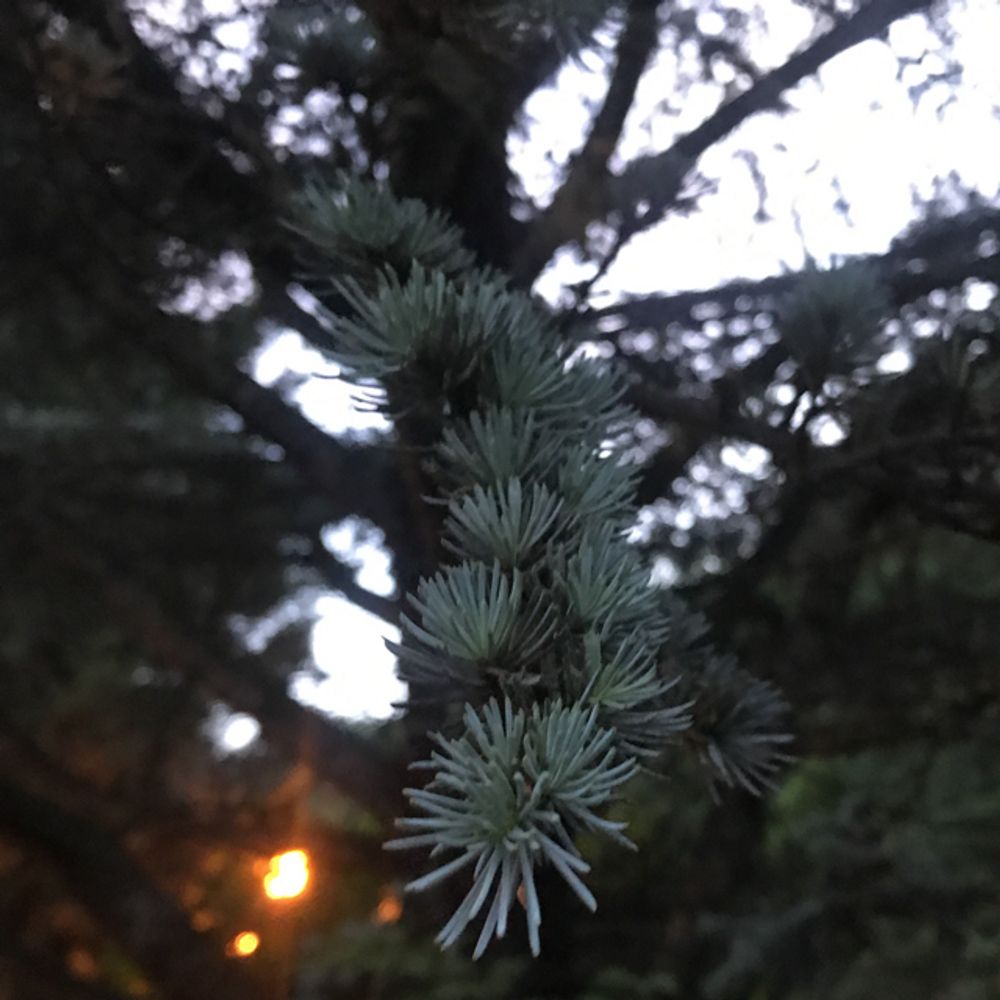Larch tree
(Larix)

Description
Larches are deciduous conifers in the genus Larix, of the family Pinaceae (subfamily Laricoideae). Growing from 20 to 45 metres (65 to 150 feet) tall, they are native to much of the cooler temperate northern hemisphere, on lowlands in the north and high on mountains further south. Larches are among the dominant plants in the boreal forests of Siberia and Canada. Although they are conifers, larches are deciduous trees that lose their needles in the autumn. The tallest species, Larix occidentalis, can reach 50 to 60 m (165 to 195 ft). The larch's tree crown is sparse and the branches are brought horizontal to the stem, even if some species have them characteristically pendulous. Larch shoots are dimorphic, with leaves borne singly on long shoots typically 10 to 50 cm (4 to 20 in) long: 47 and bearing several buds, and in dense clusters of 20–50 needles on short shoots only 1–2 mm (1⁄32–3⁄32 in) long with only a single bud. The leaves (light green) are needle-like, 2 to 5 cm (3⁄4 to 2 in) long, slender (under 1 cm or 1⁄2 in wide). Larches are among the few deciduous conifers, which are usually evergreen. Other deciduous conifers include the golden larch Pseudolarix amabilis, the dawn redwood Metasequoia glyptostroboides, the Chinese swamp cypress Glyptostrobus pensilis and the bald cypresses in the genus Taxodium. The male flowers (small cones) are orange-yellowish and fall after pollination. The female flowers (or cones) of larches are erect, small, 1–9 cm (1⁄2–3+1⁄2 in) long, green or purple, brown in ripening and lignify (called now strobilus) 5–8 months after pollination; in about half the species the bract scales are long and visible, and in the others, short and hidden between the seed scales. Those native to northern regions have small cones (1–3 cm or 1⁄2–1 in) with short bracts, with more southerly species tending to have longer cones (3–9 cm or 1+1⁄4–3+1⁄2 in), often with exserted bracts, with the longest cones and bracts produced by the southernmost species, in the Himalayas. The seeds are winged. The larches are streamlined trees, the root system are broad and deep and the bark is finely cracked and wrinkled in irregular plaques. The wood is bicolor, with salmon pink heartwood and yellowish white sapwood. The chromosome number is 2n = 24, similar to that of most of the other trees of the family Pinaceae.
Taxonomic tree:







